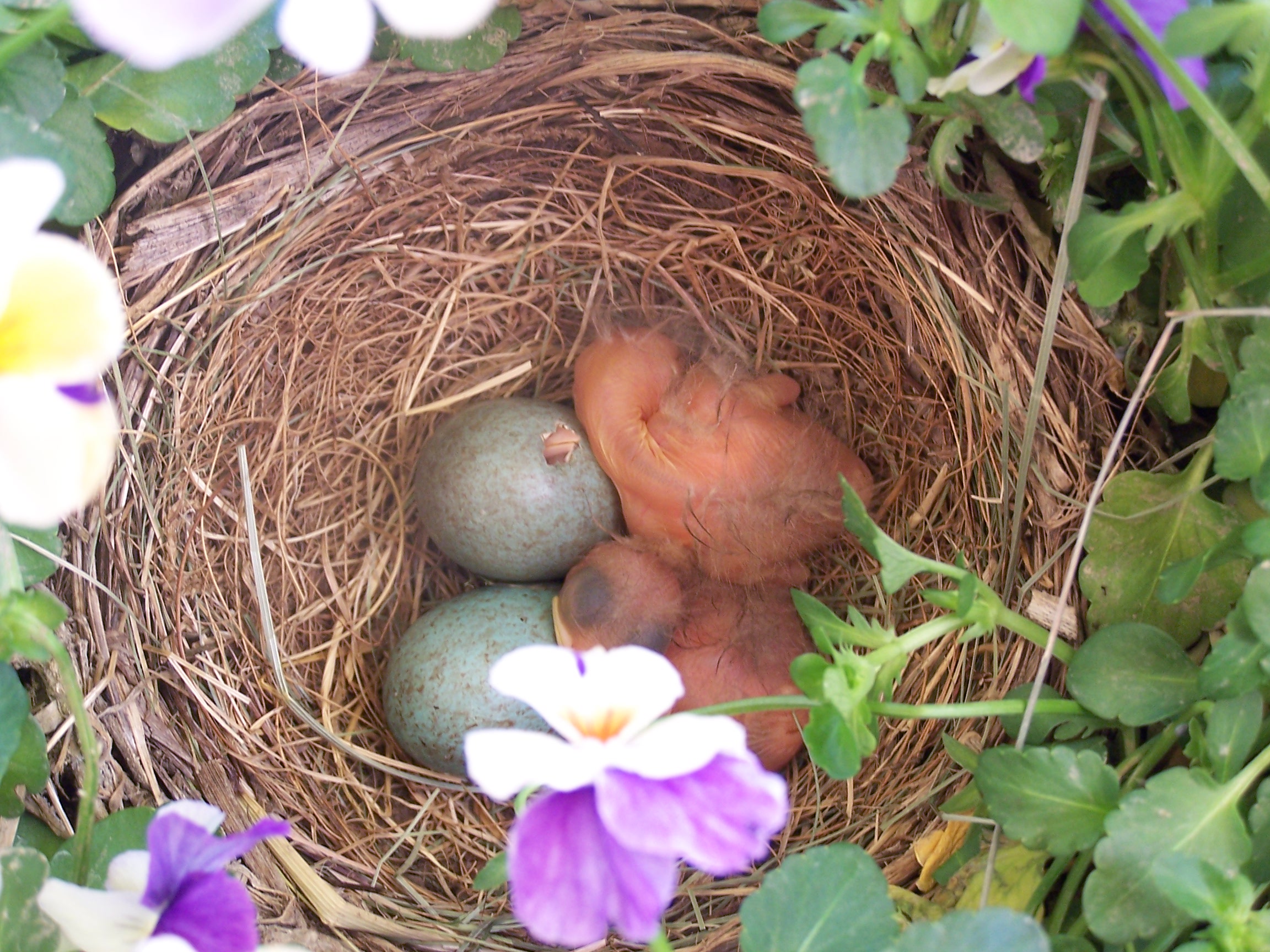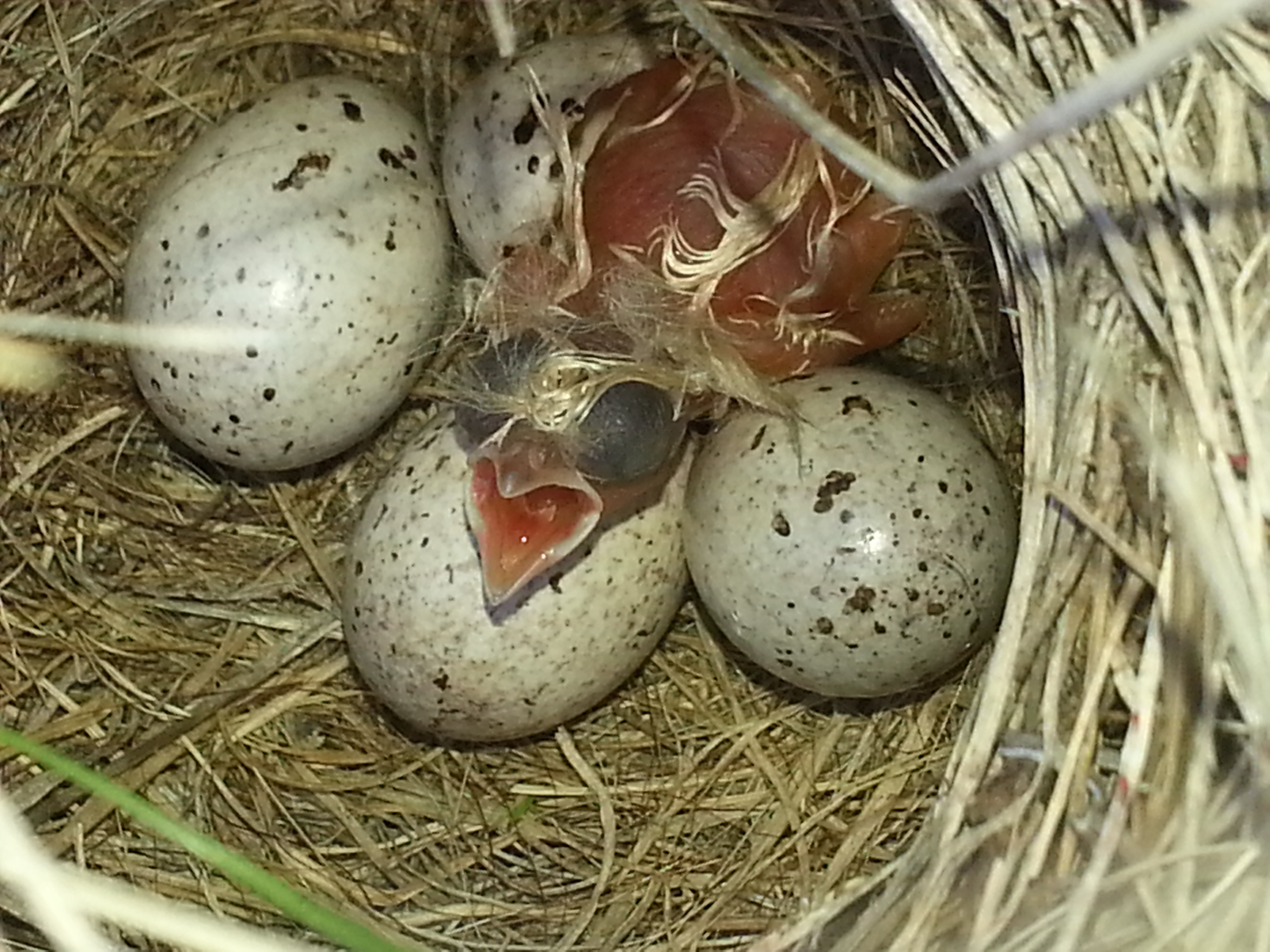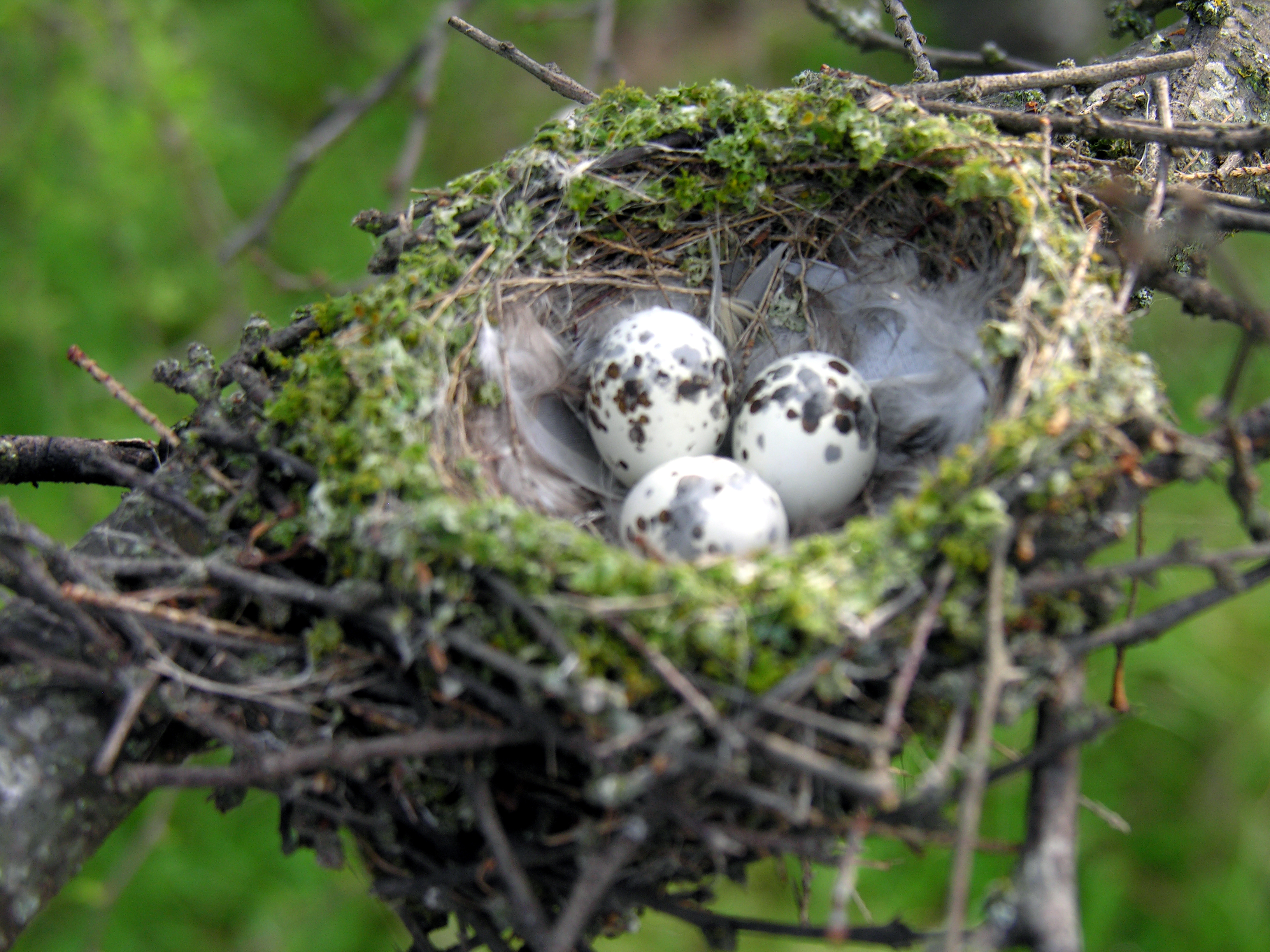Introduction
Fertilization is a captivating process that plays a vital role in the reproduction of various species, including birds. By understanding the unique reproductive system of birds and the process of fertilization, we can gain valuable insights into the remarkable journey of life.
Definition of Fertilization

Fertilization is the union of a male sperm cell and a female egg cell, marking the beginning of a new life. This process merges the genetic material of both parents, forming a zygote that contains the complete set of chromosomes necessary for the development of a new organism. Fertilization is a pivotal event in sexual reproduction and occurs in various organisms, including birds.
Bird Reproductive System

Birds possess a remarkable reproductive system that enables internal fertilization and the production of hard-shelled eggs. Understanding the intricacies of their reproductive system sheds light on the unique characteristics of avian development.
Male birds have testes, which produce sperm cells. During mating, these sperm cells are transferred to the female’s reproductive tract. Female birds have a pair of ovaries, but typically only the left ovary is functional. The ovary is responsible for producing eggs.
The primary reproductive organ in female birds is the oviduct, which consists of several distinct parts: the infundibulum, the magnum, the isthmus, and the uterus. When an egg is ready to be fertilized, it is released from the ovary and captured by the infundibulum, a funnel-shaped structure at the beginning of the oviduct.
In the infundibulum, the sperm cell and the egg unite, initiating fertilization. The previously stored sperm cells encounter the released egg, leading to the fusion of genetic material. This critical event sets the stage for the subsequent development of the embryo.
Following fertilization, the egg progresses through the magnum, where the albumen (egg white) is added to provide nourishment and protection to the developing embryo. Subsequently, the egg moves through the isthmus, where the shell membranes form around it. Finally, in the uterus, the hard shell is deposited onto the egg, providing further protection.
Understanding the intricacies of the bird reproductive system and the process of fertilization is essential for comprehending the subsequent stages of avian development. In the following sections, we will explore the process of fertilization, the development of the embryo, and the hatching of the egg, unraveling the marvels of avian life.
The Process of Fertilization

Formation of the Egg

The formation of an egg, known as oogenesis, begins in the female bird’s ovary. Within the ovary, undifferentiated germ cells called oogonia undergo mitotic divisions, resulting in the formation of primary oocytes. Each primary oocyte is surrounded by follicular cells and enclosed in a structure called a follicle.
As the primary oocyte grows, it undergoes the first meiotic division, resulting in the formation of a secondary oocyte and a polar body. The secondary oocyte is arrested at the metaphase II stage of meiosis until it is fertilized. The polar body contains half of the genetic material and eventually degenerates.
During ovulation, the secondary oocyte is released from the ovary. It is surrounded by protective layers, the zona pellucida, and the corona radiata, which facilitate the fusion of the egg and sperm during fertilization.
Release of Sperm

Male birds produce sperm in their testes through spermatogenesis. Sperm cells are stored in the male bird’s reproductive tract, specifically in the vas deferens or cloaca.
During mating, the male bird’s cloaca is brought into contact with the female’s cloaca, allowing for the transfer of sperm. This process is known as cloacal contact or cloacal kiss. The male bird’s reproductive tract contracts, facilitating the movement of sperm from the vas deferens into the cloaca.
The transfer of sperm from the male to the female occurs through the cloacal protuberance, a specialized structure present in some bird species. The protuberance ensures efficient delivery of sperm into the female’s reproductive tract.
Fusion of Egg and Sperm
The fusion of the egg and sperm, known as fertilization or conception, occurs within the female bird’s reproductive tract. When a male bird mates with a receptive female, he deposits sperm into her cloaca. The sperm then travel up the oviduct, where one or more sperm cells may penetrate the egg’s outer protective layers, the vitelline membrane, and the zona pellucida.
Once a sperm cell successfully penetrates the egg, the nuclei of the sperm and egg fuse, forming a zygote. The zygote contains the combined genetic material from both the male and female parents. Following fertilization, the zygote undergoes a series of cell divisions, marking the start of embryonic development.
Fertilization is a critical step in the reproductive process of birds, as it initiates the formation of a new individual with a unique combination of genetic traits. The success of fertilization depends on various factors, including the timing of mating, the viability of sperm and eggs, and the compatibility of reproductive structures between male and female birds.
3. Development of Embryo

a. Formation of Zygote
The formation of a zygote, the fertilized egg, is a crucial step in embryo development. It occurs when the male bird’s sperm fuses with the female bird’s egg in the infundibulum, the first part of the oviduct. The infundibulum captures the released egg and provides a site for fertilization.
During mating, the male bird transfers sperm into the female’s reproductive tract, and it travels to the infundibulum. If a sperm successfully penetrates and fuses with the egg, a zygote is formed.
b. Cell Division and Blastula Formation
Following fertilization, the zygote undergoes rapid cell division called cleavage. This process splits the zygote into smaller cells called blastomeres, leading to the formation of a hollow ball of cells called a blastula or blastoderm. The blastoderm consists of the blastodermic disc (outer layer of cells) and the blastocoel (inner fluid-filled cavity).
c. Germ Layer Differentiation and Organogenesis

The blastodermic disc differentiates into three germ layers: ectoderm, mesoderm, and endoderm. The ectoderm gives rise to external structures like the skin, feathers, beak, and nervous system. The mesoderm develops into the muscular, skeletal, and circulatory systems, as well as internal organs. The endoderm contributes to the development of the digestive and respiratory systems, along with certain glands.
Organogenesis takes place as rudimentary organs and structures begin to form. This phase involves cell differentiation, migration, and tissue organization, setting the foundation for the bird’s future anatomy.
The development of the embryo is a meticulously orchestrated series of events, shaping the final form of the bird. From the formation of the zygote through cell division and germ layer differentiation, the embryo undergoes remarkable transformations, preparing for the next stage: hatching.
Continue the journey of bird reproduction and embryonic development in the upcoming section: “4. Hatching of Egg.”
Word Count: 265 words

4. Hatching of Egg

a. Factors Affecting Hatching Time
Various factors influence the hatching time of bird eggs:
Incubation temperature
The temperature at which eggs are incubated determines the hatching time. Deviations from optimal temperatures can delay or accelerate hatching. Low temperatures slow down embryo growth, prolonging incubation, while high temperatures speed up development, resulting in earlier hatching.
Egg size
Egg size impacts hatching time. Larger eggs with more yolk have longer incubation periods. The extra nutrients in larger eggs allow the embryo to grow at a slower pace, extending the incubation period.
Environmental conditions
Environmental factors like humidity, oxygen levels, and predators affect hatching time. Disturbances to optimal conditions can impact the hatching process. High humidity levels can delay hatching by affecting gas exchange through the eggshell. Predators or threats may cause parents to delay hatching until conditions are safer for the chicks.
b. Hatching Process
The hatching process involves several stages leading to the emergence of the chick from the egg:
Pipping
Hatching begins with pipping, where the chick makes a small hole or crack in the shell using its egg tooth. This hole allows the chick to breathe and prepares it for the final stages of hatching.
Hatching muscle development
As the chick grows, it strengthens its hatching muscles located on the back of its neck. These muscles enable the pushing and twisting movements necessary to break free from the shell.
Hatching position
During the final stages of hatching, the chick positions itself with its head near the pip hole. By exerting pressure against the shell with its hatching muscles, the chick gradually enlarges the opening until it can emerge.
Once free from the shell, the chick begins its journey of growth and development outside the egg.
Word count: 275 words

Conclusion
![]()
The process of bird egg fertilization is a remarkable and essential aspect of avian reproduction. Throughout this article, we have explored the intricate steps involved in fertilization, the development of the embryo, and the eventual hatching of the egg. By understanding these processes, we gain insight into the marvels of avian biology and the strategies birds employ to ensure successful reproduction.
Bird egg fertilization begins with courtship and the formation of pair bonds between male and female birds. This involves elaborate rituals that help establish pair bonds and ensure proper mate selection. These rituals vary across species, reflecting their ecological niche and evolutionary history.
After courtship, copulation takes place, during which the male transfers sperm to the female’s reproductive tract. This internal fertilization results in the fusion of sperm with the egg, forming a zygote. The zygote then undergoes cell division and develops into an embryo.
The successful fertilization of bird eggs is crucial for the continuation of species and the preservation of genetic diversity. To increase the chances of successful fertilization, birds have evolved various adaptations. Nesting behaviors, such as building nests and creating safe environments for egg development, are examples of these adaptations.
Parental care also plays a vital role in the fertilization process. Both male and female birds contribute to the survival and development of fertilized eggs. Nest building, incubation, and feeding of young chicks are some of the diverse parental care behaviors observed in birds. These behaviors increase the likelihood of successful hatching and the subsequent survival of offspring.
While the general process of fertilization is similar across bird species, there are variations in specific strategies. Some birds practice monogamy, forming lifelong pair bonds, while others engage in polygamy or cooperative breeding. These strategies reflect the unique characteristics of each species.
Further research in avian fertilization can provide insights into reproductive strategies, mate choice, and the impact of environmental factors on successful fertilization. Understanding these aspects is crucial for conservation efforts aimed at protecting bird populations and their habitats.
In conclusion, bird egg fertilization is a complex and fascinating process that ensures the survival and diversity of avian species. The remarkable adaptations and behaviors exhibited by birds highlight the intricacies of nature’s reproductive strategies. By delving into the world of avian fertilization, we gain a deeper appreciation for the wonders of bird biology and the importance of preserving these remarkable creatures.
Frequently Asked Questions
Frequently Asked Questions
1. How do bird eggs get fertilized?
Bird eggs get fertilized through internal fertilization. During mating, the male bird transfers sperm to the female’s reproductive tract. The sperm then travels up the oviduct, where one or more sperm cells may penetrate the egg’s outer protective layers, resulting in the fusion of genetic material and the formation of a zygote.
2. Do all bird species lay fertilized eggs?

No, not all bird species lay fertilized eggs. Some bird species, like chickens and domesticated birds, lay unfertilized eggs, which cannot develop into embryos. Fertilization occurs when a male bird mates with a receptive female of the same species.
3. Can birds lay eggs without mating?
Yes, some bird species can lay eggs without mating. This is known as parthenogenesis, where an unfertilized egg develops into an embryo without the contribution of genetic material from a male. However, parthenogenesis is relatively rare in birds and is more commonly observed in reptiles and some invertebrates.
4. How long does it take for a bird egg to be fertilized?
Fertilization of a bird egg typically occurs shortly after mating, within hours or days. Once the egg is fertilized, it undergoes a series of developmental stages that can vary in duration depending on the bird species. Overall, the process from fertilization to hatching can take several weeks to months, depending on the bird species.
5. What factors affect the success of bird egg fertilization?
Several factors can influence the success of bird egg fertilization. These include the timing of mating, the viability of sperm and eggs, and the compatibility of reproductive structures between male and female birds. Environmental factors such as temperature, humidity, and the presence of predators can also impact the hatching success of fertilized eggs.

Leave a Reply